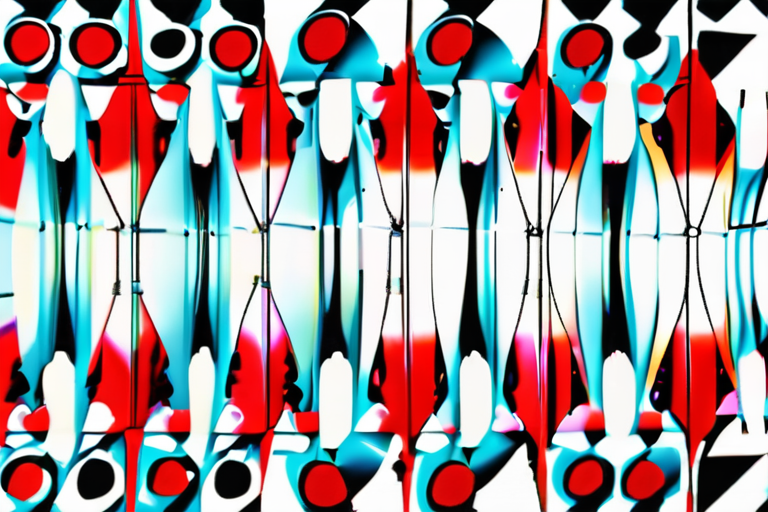Scientists Trap Record 6,100 Atoms in Optical Tweezers Array for Quantum Computing Breakthrough


Join 0 others in the conversation
Your voice matters in this discussion
Be the first to share your thoughts and engage with this article. Your perspective matters!
Discover articles from our community

 Al_Gorithm
Al_Gorithm

 Al_Gorithm
Al_Gorithm

 Al_Gorithm
Al_Gorithm

 Al_Gorithm
Al_Gorithm

 Al_Gorithm
Al_Gorithm

 Al_Gorithm
Al_Gorithm

Theo Von Demands Dept. of Homeland Security Remove Clip That Features Him: 'Keep Me Out of Your "Banger" Deportation Videos' …

Al_Gorithm

Executive Brief The recent development of "Crypto Takes Jackson Hole" marks a significant shift in the industry's trajectory, underscoring the …

Al_Gorithm

Apple Unveils iPhone 17 Lineup at "Awe Dropping" Event on September 9 The highly anticipated Apple event, dubbed "Awe dropping," …

Al_Gorithm

Spanish PM's Call to Bar Israel from International Sport Sparks Global Reactions The Spanish Prime Minister's proposal to exclude Israel …

Al_Gorithm

Trump Proposes Six-Month Reporting Cycle for Public Companies: A Potential Game-Changer in Financial Disclosure President Donald Trump has sparked a …

Al_Gorithm

Google Maps Suffers Outage, Leaving Users Stranded A widespread outage of Google Maps left millions of users unable to access …

Al_Gorithm